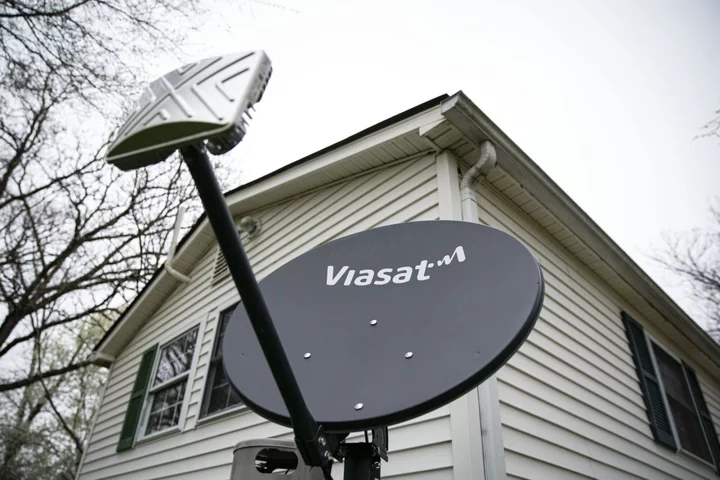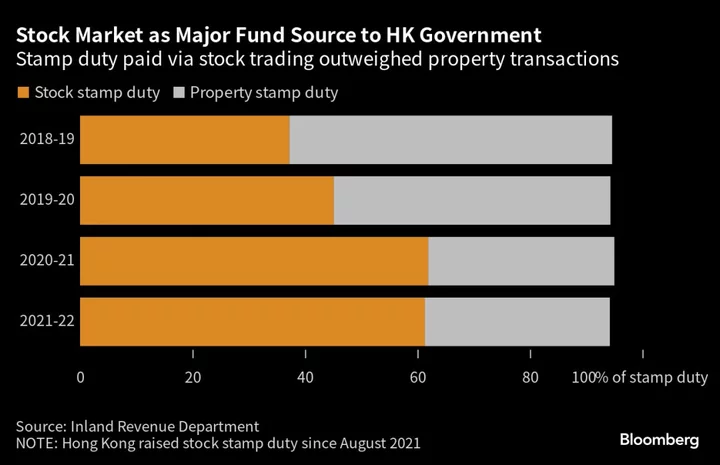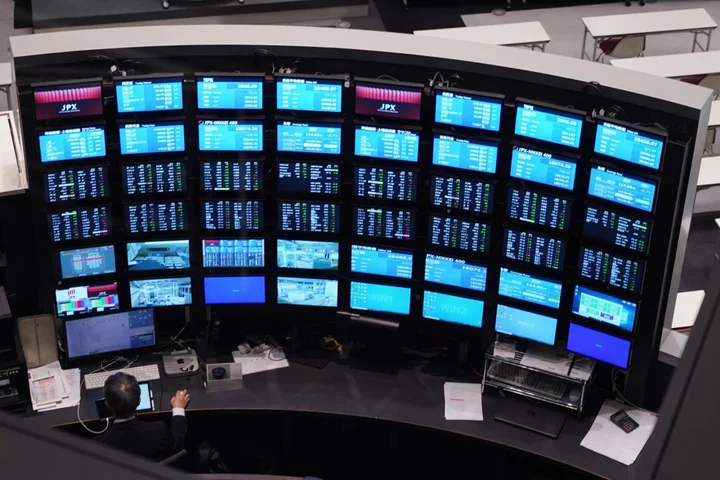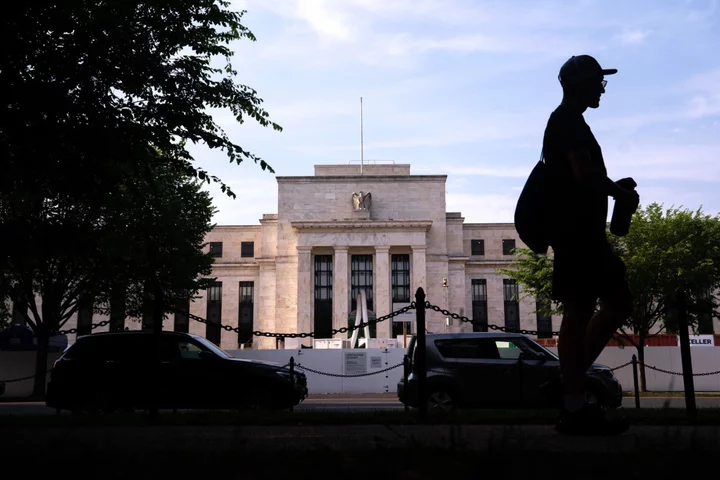Viasat Inc. has more than $1 billion of orbiting satellites in trouble, and space insurers are girding for market-rattling claims.
The company’s roughly $1 billion ViaSat-3 Americas satellite, central to expanding its fixed-broadband coverage and fending off rivals including Elon Musk’s Starlink, suffered an unexpected problem as it deployed its antenna in orbit in April. Should Viasat declare it a total loss, industry executives estimate the claim would reach a record-breaking $420 million and, in turn, make it harder — and more expensive — for other satellite operators to get insurance.
Because of the financial risk associated with insuring such an expensive satellite, ViaSat-3 is probably covered by several policies across different companies.
“No one single insurer wants to take the risk by itself,” said Denis Bensoussan, who heads the satellite insurance business for Beazley Insurance, a syndicate of Lloyd’s of London, one of the panel of insurers for ViaSat-3. No other major insurer was willing to publicly disclose its role as an underwriter of the satellite.
Viasat on Aug. 24 reported another stricken spacecraft, saying its Inmarsat-6 F2 satellite launched in February suffered a power problem. The failure may end the craft’s useful life and result in a $350 million insurance claim, Space Intel Report said.
Viasat’s troubles in orbit come a few years after big-name insurers like American International Group Inc. and Allianz SE have shuttered their space portfolios. That’s left a smaller pool of providers to absorb the risks in the notoriously high-stakes $553 million market.
While major telecommunication firms with multimillion-dollar satellites still desire coverage, other space operators focused on launching large batches of smaller satellites into low-Earth orbit — such as Musk’s Space Exploration Technologies Corp. — aren’t doing the same. To them, the loss of one satellite isn’t a major issue.
Viasat executives said it’s too early to speculate on whether it will file a claim.
“There’s no consequences to us taking another couple or three months to get good measurements and then making those decisions,” Viasat’s Chief Executive Officer Mark Dankberg told analysts on Aug. 9 after the company posted better-than-expected quarterly results.
Investors are worried, though. Shares in Viasat plunged 28% in a record single-day drop after its July announcement of the ViaSat-3 problem. Executives said the satellite’s problem would curb growth in 2025, though the impact was limited to its fixed-broadband service, only about 13% of its business.
The company’s ViaSat-2 satellite launched in 2017 also experienced an antenna anomaly, triggering a $188 million claim, William Blair’s Louie DiPalma told clients last month.
“This one hurts much worse though because the wait has been so long, and because Viasat has been experiencing pressure from SpaceX,” DiPalma said.
Following news of the Inmarsat-6 anomaly, Viasat and other industry participants “will likely experience significant challenges with obtaining insurance for future satellite launches,” DiPalma said in an Aug. 25 note.
Higher Premiums
A $420 million loss would eclipse the largest-ever standing satellite loss of roughly €345 million ($373 million) for the FalconEye 1 satellite in 2019. While big for the satellite insurance market, losses can stretch into the billions of dollars in other markets like aviation.
When massive satellite losses occur, it’s often followed by a small exodus of players in the industry. As insurers leave, premiums tend to rise, according to industry experts.
In 2019, the total losses from satellite claims amounted to $788 million, which overwhelmed the total premiums for the year at $500 million, according to launch and satellite database Seradata. In the years that followed, big names like American International Group Inc., Swiss Re AG, and Allianz SE all closed the door on satellite insurance.
And if the pool of insurers shrinks, the remaining insurers will play it safer.
“People will be less keen to deploy capital on sort of risky, challenging satellites or challenging projects,” said Beazley’s Bensoussan. “Or they will demand more premium for that or they will restrict coverage.”
Satellite Insurance
The basics of satellite insurance work more or less like property insurance. Satellite operators like Viasat will typically pay premiums for covering the vehicle’s first year in orbit, with the option to renew, as well as the potential for a catastrophic failure on the launchpad.
“If the mission fails, they can be made whole,” said Patton Kline, managing director at insurance brokerage Marsh. “They can go out and buy a launch service, buy another satellite, and perform the mission again.”
For smaller satellites, operators can potentially get coverage from one insurer. However, when satellites reach the range of hundreds of millions of dollars, operators typically have to turn to a handful of insurers to reach full coverage. As of now, there are roughly 20 to 30 players in satellite insurance.
“Some of the challenges we face are low frequency of losses, but high severity,” Chris Kunstadter, global head of space at insurer AXA SA, said. “So they don’t happen often, but when they do, they’re big.”
“This year, depending on how ViaSat turns out, we could already be up close to $500 million in losses,” Kunstadter said prior to the second Viasat satellite’s potential loss in August.
AXA declined to comment on whether they were involved in ViaSat-3’s coverage. Marsh, a unit of Marsh & McLennan Cos Inc., said it was not involved in brokering the satellite’s insurance.
With so many insurers on the hook for this massive payout, premiums on satellite insurance are likely to increase in the months ahead, according to insurers, raising costs for satellite operators. That jolt to the market should abate over time, but it’s also coming at a time when insurers have left a market known for high volatility and high-stakes losses.
Crowded Space
The number of active satellites in orbit has roughly quadrupled in recent years, fueled by the rise of mega-constellations such as SpaceX’s Starlink, increasing the potential for satellites to collide in space. If that happens, rates could go up for those particular satellites, Marsh’s Kline said.
SpaceX does not insure its satellites, according to insurers. As more venture-backed companies join the scene and inject smaller satellites into low-Earth orbit, the desire for satellite insurance has waned. When sending up large batches of small to medium satellites at once, the loss of one or more of those spacecraft isn’t so dire — especially compared to the loss of one massive satellite like the roughly 13,000-pound ViaSat-3.
“A lot of premium is missing,” Bensoussan said. “And that’s probably one of the reasons why even though the space industry is very, very dynamic and is growing a lot, the space insurance market is not growing. It has remained fairly stable.”
(Updates with details of potential total 2023 losses in paragraph 23, details on Marsh in paragraph 24.)









